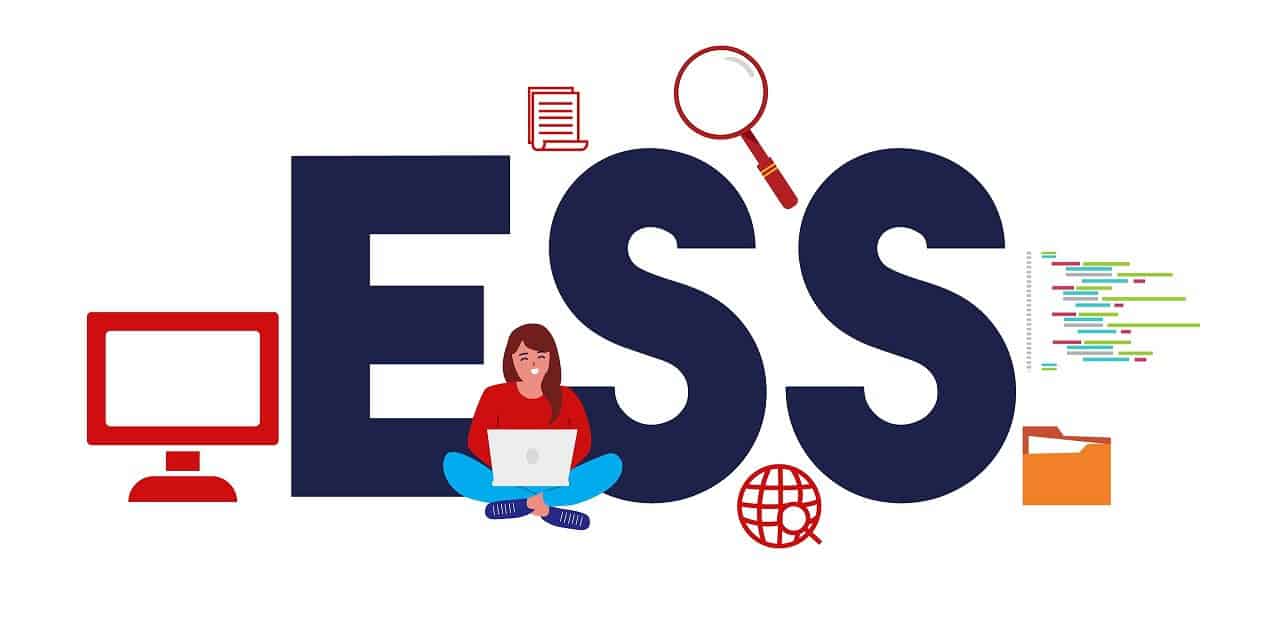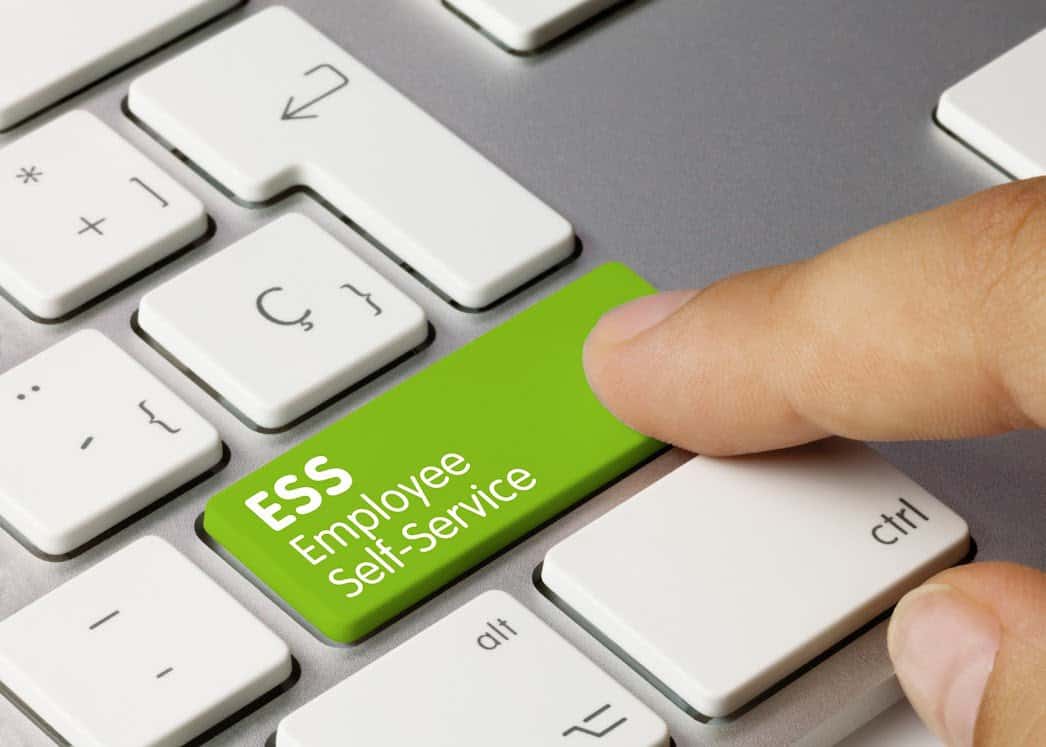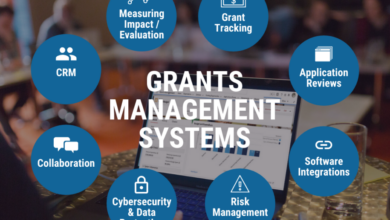Employee Portals Examples: What Features Should An Employee Self-Service System Include

Human resources (HR) is one of the core departments of any company and is responsible for managing a business’s most important asset—employees.
In order to stay competitive and organize your company’s manpower, HR managers need to adapt and look for ways to streamline tasks and save effort and time on traditional manual processes. At the same time, they also need to provide employees with better control over personal data while promoting a transparent work culture.
You can achieve these goals by investing in employee self-service (ESS) software or employee portals. This article takes a closer look at the basics of employee portals, their benefits, and the important features you need to consider when choosing the best one for your company.
Understanding Employee Self-Service System
As its name implies, an employee self-service system allows employees to take care of and manage numerous HR-related and work-related tasks that would otherwise be completed by an HR personnel or team manager.
An employee self-service portal is generally available via the company’s Intranet or portal. Sometimes, it can be a part of a comprehensive enterprise resource planning (ERP) system or human capital management (HCM) solution, which is often distributed via SaaS platforms. Today, an ESS portal, which was once sold as a standalone product, is usually incorporated into larger and more comprehensive HR or HR Information System (HRIS) solutions.
The numerous benefits of an ESS portal make it an essential part of any HR tech stack. Its advantages include:
- Reduce costs
- Enhances communication
- Provides transparency
- Improve efficiency
- Enables fast decision-making
- Saves time
- Boost employee satisfaction and sense of control
5 Must-Have Features Of The Best Employee Self-Service System
With an employee self-service solution, a wide range of HR operations can now be handled by employees with a single gateway. Here are a few examples of must-have features that an efficient ESS portal should include:
1. Payroll Management
One of the most important features of any employee self-service portal is to provide easy access to their personal payroll data, anytime they want. A good ESS portal allows employees to access or print pay slips as well as find previous pay stubs and other payroll information. This helps save time and resources in printing and handing over hard copies of pay slips every payday.
Most solutions also offer real-time notifications when pay slips become available and ready for generation online as well as notifying employees when their pay is already deposited to their account.
An efficient portal may also allow employees to view their income tax deductions as well as manage declarations.
2. Benefits And Compensation Management
Most employee self-service solutions allow an employee to view and check their current benefits and compensation and other necessary information. Some even allow employees to enroll in certain benefits after meeting certain qualifications. For instance, an employee can enroll in a family health insurance plan after getting married without contacting HR.
It also allows employees to access their contributions including Social Security and health insurance. A comprehensive solution may also allow them to file claims and manage compensation, for personal injury claims or travel expense reimbursements.
3. Employee Attendance, Leave, And Timekeeping
The best employee portals allow employees to track their own attendance, leaves, and work hours. With attendance management, an employee can simply track and check their attendance record and provide approval for payroll processing. If there’s any discrepancy, an employee can raise a request to correct their attendance and wait for their manager to approve the request.
Most ESS systems also integrate time-tracking software or timeclocks which lets employees easily keep track of the days and hours they worked. The best time trackers can also allow employees to edit or schedule their next shifts and track the manager’s approval for schedule change requests. It should provide automated notifications about schedule changes for both employees and managers.
More innovative time clocks on portals enable employees to mark attendance even when traveling. This is particularly useful if you have remote workers or those who frequently travel for business. Some employees can even clock in and clock out with GPS location that allows managers to track employee travel paths.
A comprehensive time-tracking feature may also track accrued time off, including vacation days, sick leaves, and other types of leave. It also allows vacation and leave scheduling or time-off requests, saving time and resources when compared to submitting leave applications.
4. Employee Training And Engagement Initiatives
An employee self-service can also be used to manage employee training and engagement activities. For instance, companies offering on-demand and online training can integrate it within the ESS portal. Employees can easily log in to access the necessary coursework and submit their post-training tests and assessments. Also, your HR department can monitor and track employees’ progress.
In addition, an ESS portal allows HR managers to monitor employee wellness to promote engagement and motivation. They can send out wellness surveys via the ESS portal, allowing employees to answer them in their own time instead of being put on the spot to answer questions face-to-face. Furthermore, the right self-service solution also allows employees to submit feedback and suggestions for workplace improvement or to share issues with their supervisor or manager.
5. Corporate Knowledge Base
An employee portal can also serve as a knowledge base. Employees can access and download essential documents including corporate handbooks, policies, guidelines, and training materials. It can also be used to announce company-wide news, updates, and events.
Most portals also have discussion boards that allow employees to learn and discuss important topics, find helpful answers, and improve collaboration and innovation within the company.
Takeaway
As the business world becomes more competitive than ever, your company needs to implement the necessary digital solutions to adapt to fast-paced changes. And with the right employee self-service system, you can transform your HR department into a one-stop hub that allows your HR team to focus more on strategic initiatives that contribute to your business’s growth while letting employees direct their own path and have better control over their data and overall activities.





